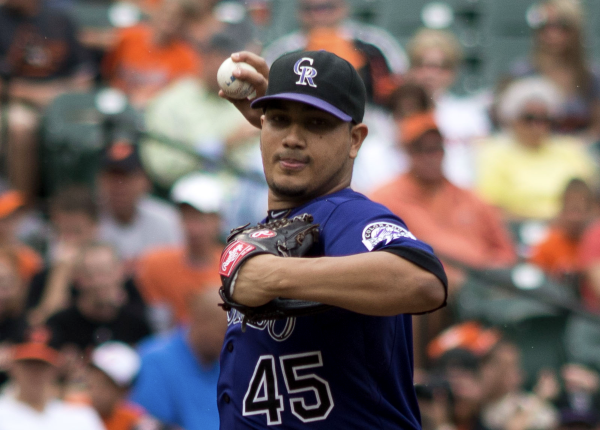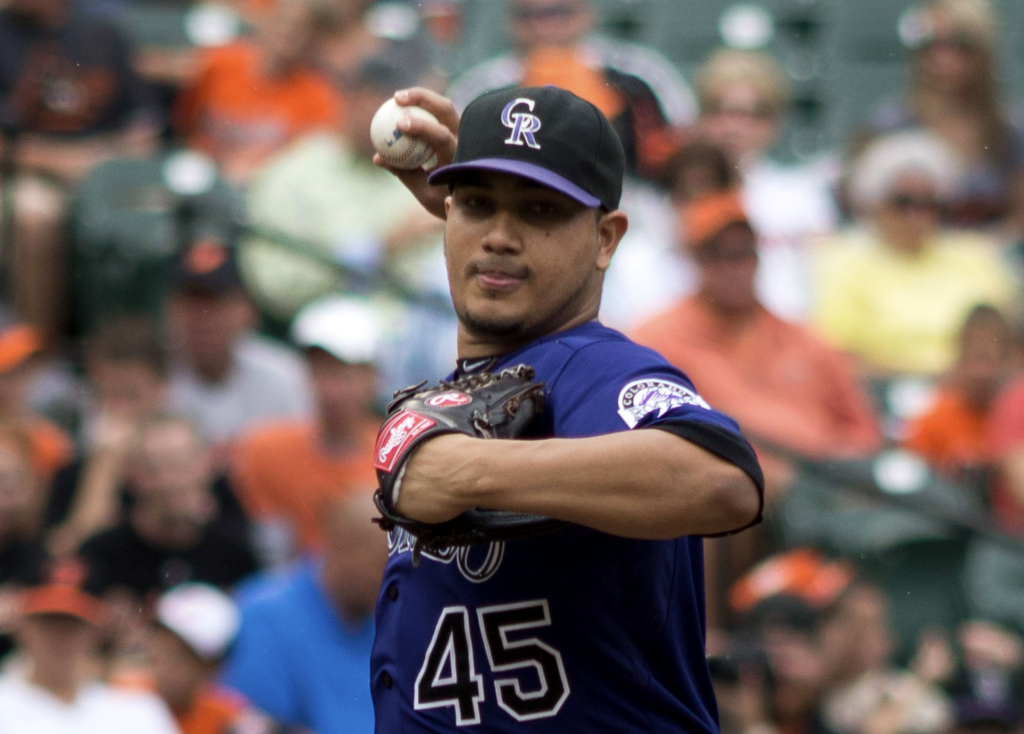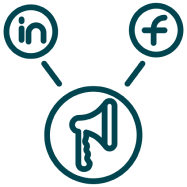
The Minnesota Twins may have come up short in their pursuit of landing a frontline starter this offseason, but as they inch closer to spring training, the Twins are still trying to make moves to help a rotation that started strong and cratered during the second half of the season.
The latest attempt to solve their deficiencies came on Saturday, when they signed veteran right-hander Jhoulys Chacin to a minor league deal. Most of the time, these deals come with little fanfare, but this deal could provide a nice safety net for the Twins and if all goes well.
Examining Chacin’s struggles
A lot of the initial reaction (or lack thereof) to this move stems from Chacin suffering through a rough 2019. After becoming one of the top starters in the Milwaukee Brewers rotation in 2018 (15-8, 3.50 ERA), he was named the Brewers’ opening day starter, but things went south from there.
In 22 starts for Milwaukee, Chacin was tagged for a 3-10 record and a 5.79 ERA. While most of his numbers stayed the same from his successful 2018 season, the biggest difference was his inability to keep the ball in the park, coughing up 2.2 HR/9, doubling his career rate of 1.0 HR/9.
With the addition of the rise in home runs allowed, Chacin also saw the effectiveness in his fastball drop off. Statcast charted Chacin’s fastball at the same velocity (89.9 mph in 2018, 90.0 in 2019), but it lost a half-inch of movement both horizontally and vertically.
For a pitcher that ranked in the 12th percentile in fastball velocity, a loss in movement is almost a death sentence, which resulted in hitters teeing off for a .410 average and .600 WOBA against his four-seamer last season. For reference, batters only hit .213 with a .302 WOBA off the pitch in 2018.
The decline in his fastball was a huge factor in a season that looks like a misnomer compared to the rest of his career line (77-83, 4.03 ERA).
Embracing the curve?
One reason for optimism from this signing is the turnaround that the Twins experienced last year with Martin Perez. Although the success didn’t last, Perez came out of the gates blazing hot, going 7-1 with a 2.95 ERA in his first 11 games (eight starts). It was considered a pleasant surprise for Minnesota considering that the left-hander was also coming off a season where he got tagged with a 6.22 ERA in 2018.
But even with his struggles in the second half of last season, Perez made a massive jump that made him more effective – even if it was short-lived.
Coming into 2019, Perez had been stuck in the first percentile in strikeout rate (13.1%) and WOBA (.390) but worked his way to being respectable in those aspects while also taking three miles per hour off of his exit velocity (85.4 mph in 2019) to finish in the 96th percentile.
The pitch that helped spark the movement was the cutter, which ultimately became Perez’s demise late in the season but put up solid numbers overall with opponents hitting .213 off of it. While a new wrinkle helped Perez become more effective (albeit momentarily), there’s something that Chacin has that could help him in Minnesota.
While Chacin’s analytics are toward the bottom of MLB across the board, the one thing that stands out is his curveball spin rate that placed in the 63rd percentile last season. That pitch wasn’t elite, but it could have helped Chacin develop more effectiveness had he not used it just 11 times during the course of the season.
In fact, Chacin’s curveball usage has peaked over 10 percent just once (13.8% in 2014, 12.9% in 2016) and it’s almost baffling considering that opponents haven’t gotten a hit off of it in the past two seasons.
It’s an extremely small sample size, but it’s also something that pitching coach Wes Johnson can use to draw something out of Chacin that wasn’t there in 2019.
How Chacin can help the Twins
As of now, the Twins rotation is in better shape than it was in 2019, but there are still concerns as we head into spring training. While Jose Berrios, Jake Odorizzi, and Homer Bailey are all locks for the early season rotation, the Twins will be waiting on Michael Pineda (suspension until May) and Rich Hill (elbow surgery until June) to take their spots later in the season.
Prior to Chacin signing, that left a three-way battle between Lewis Thorpe, Devin Smeltzer, and Randy Dobnak to battle it out for two spots in the rotation. While all three pitchers have had their share of positives at the major league level, they’ve also had some downfalls, which could put the Twins in a hole with an early season slump.
If Johnson can get something out of Chacin in spring training, it fills a hole with an experienced pitcher that was an opening day starter just a year ago. Even if Chacin does see momentary success in the same fashion Perez did last year, he’ll at least fill a void until Hill and Pineda are ready to go.
It’s not Chris Archer, Jon Gray or David Price, but it’s another option for the Twins to consider coming off of a year where they had to start guys who began the season in Single-A ball in the middle of a playoff series. For the low risk it took to acquire Chacin, the reward could be another solid back-end starter for the Twins rotation.






